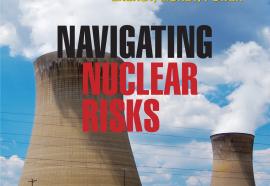Buying Into Solar
Rewards, challenges and options for rate-based investments.
Utilities traditionally have met renewable portfolio standards with power purchases from IPPs. But new approaches are allowing utilities to build their rate bases with investments in solar generation.











